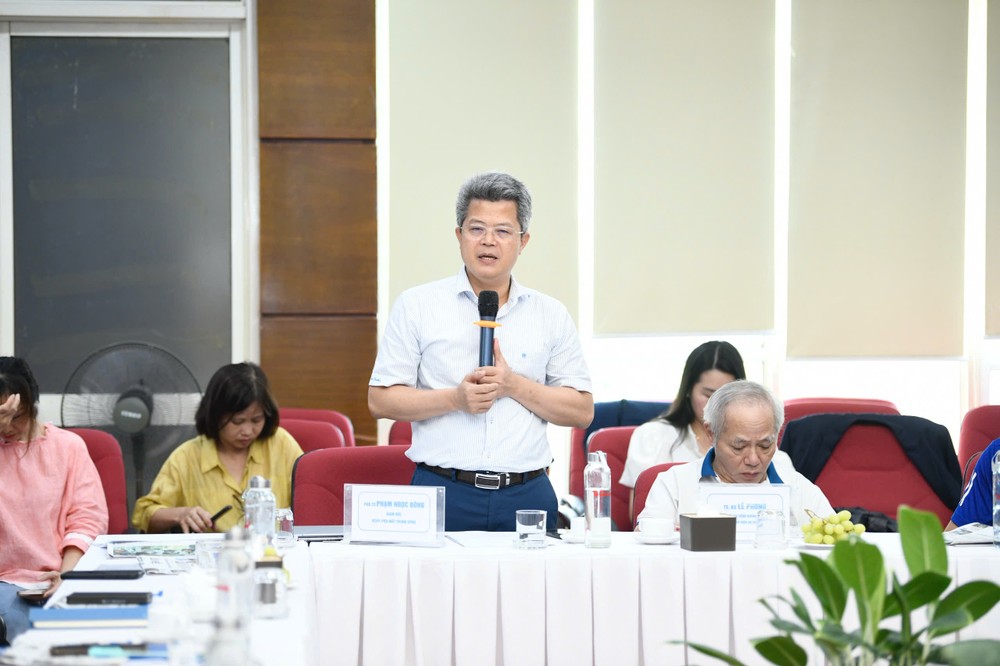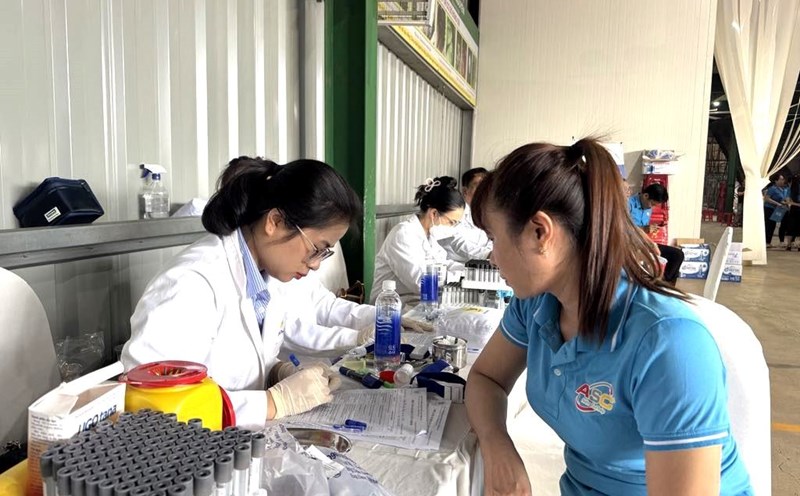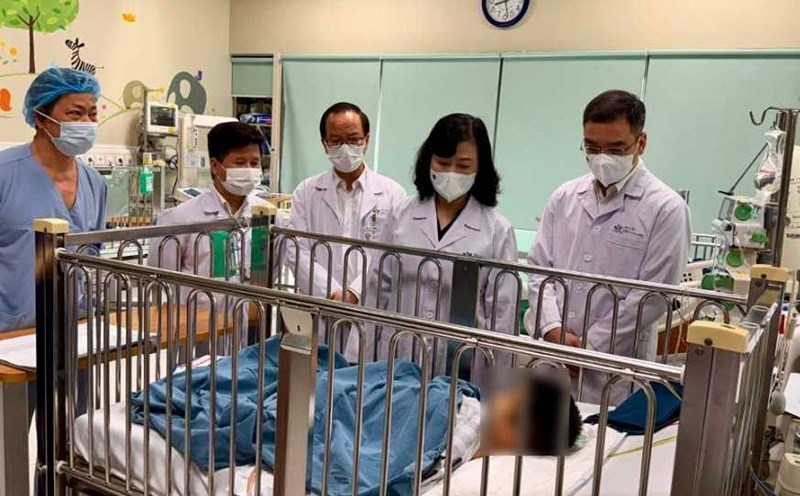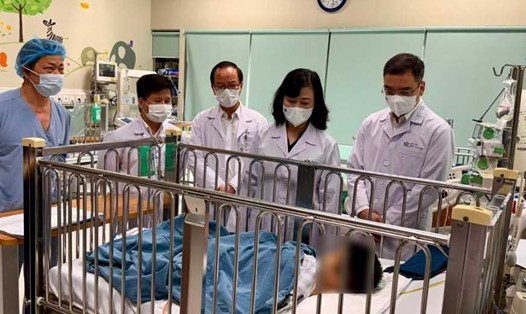Orientation to amend the Law on Health Insurance
At the workshop " further improving patient rights in diagnosis and treatment" jointly organized by Tien Phong Newspaper and the Ministry of Health, Prof. Dr. Tran Van Thuan, Deputy Minister of Health, Chairman of the National Medical Council, said that by the end of 2023, the health insurance fund will have a surplus of 40,000 billion VND. This year, the surplus health insurance fund is expected to increase.
Currently, the health sector is orienting to amend the Law on Health Insurance, to specify some contents towards free medical examination and treatment for people under the direction of General Secretary To Lam.
It is expected that in the coming time, our country will amend the entire Law on Health Insurance, including many contents focusing on medical examination and treatment for people, especially medical examination and treatment to screen and detect some dangerous diseases early.
MSc. Hoang Trung Tuan - Deputy Director of the Department of Health Insurance, Ministry of Health said that by the end of 2024, the health insurance coverage rate in Vietnam will reach 94.2% of the population - a remarkable figure showing the persistent efforts of the policy system and localities in expanding the social security network.
Regarding the contribution rate: employees, retirees, beneficiaries... all pay 4.5% of salary or pension, or basic salary. Weak groups such as poor households, near-poor households, children under 6 years old... are supported by the State with all or part of the contribution level. Notably, by the end of 2023, the health insurance fund will still be balanced and have surplus, which is an important foundation for expanding benefits in the coming years.
Currently, the health insurance policy is divided into 5 main groups according to the responsibility of paying fees: Group contributed by employees and employers (clerical, civil servant, salaried employee...); Group contributed by social insurance organizations (people receiving pensions, long-term social insurance benefits); Group contributed by the State budget (children under 6 years old, poor people, meritorious people, ethnic minorities...); Group partially supported by the budget (near-poor household, students - students, freelance workers...); Group participating according to household (people not in the above 4 groups, voluntarily contributing according to household).
This model creates conditions for popularizing health insurance, while ensuring sharing risks and financial responsibilities between the State, people and businesses.

"Why don't you pay health insurance based on your income?"
Associate Professor, Dr. Pham Ngoc Dong - Director of the Central Eye Hospital commented: More than 90% of people have health insurance, but so far we have not been able to make free medical examination and treatment completely, not meeting the needs of the people. If you buy life insurance, it is completely free. The difference between health insurance and life insurance is the contribution level.
I think the basic salary is very low and the basic salary for health insurance contributions is even lower. Why not pay health insurance based on income instead of salary?
Currently, the price of medical services including machinery and medicine is mostly imported... The import price is the international price but the health insurance payment level is according to Vietnamese prices.
According to him, the small contribution should easily break the insurance fund. If paid according to income, the percentage according to income from the large insurance fund will be able to pay well to patients. How can we not distinguish between whether patients come to the hospital with insurance or not?
The treatment is the same. The only difference is that when discharged from the hospital, if there is insurance, the insurance will pay, otherwise, the money will be out of pocket. In terms of regimen, treatment is the same whether insurance or not.
Doctors must treat patients equally. When we first thought about insurance, we would distinguish treatment as medicine that is a little less, materials that are a little less.
"If we talk about patient rights, we also have to talk about hospital rights. With advances in science and technology, machinery has changed rapidly to support patient treatment. Insurance can accept treatment with new machines but is slow. I think that within that year, any new machinery or new diagram can be submitted and updated to make insurance pay" - Associate Professor Dong said.











